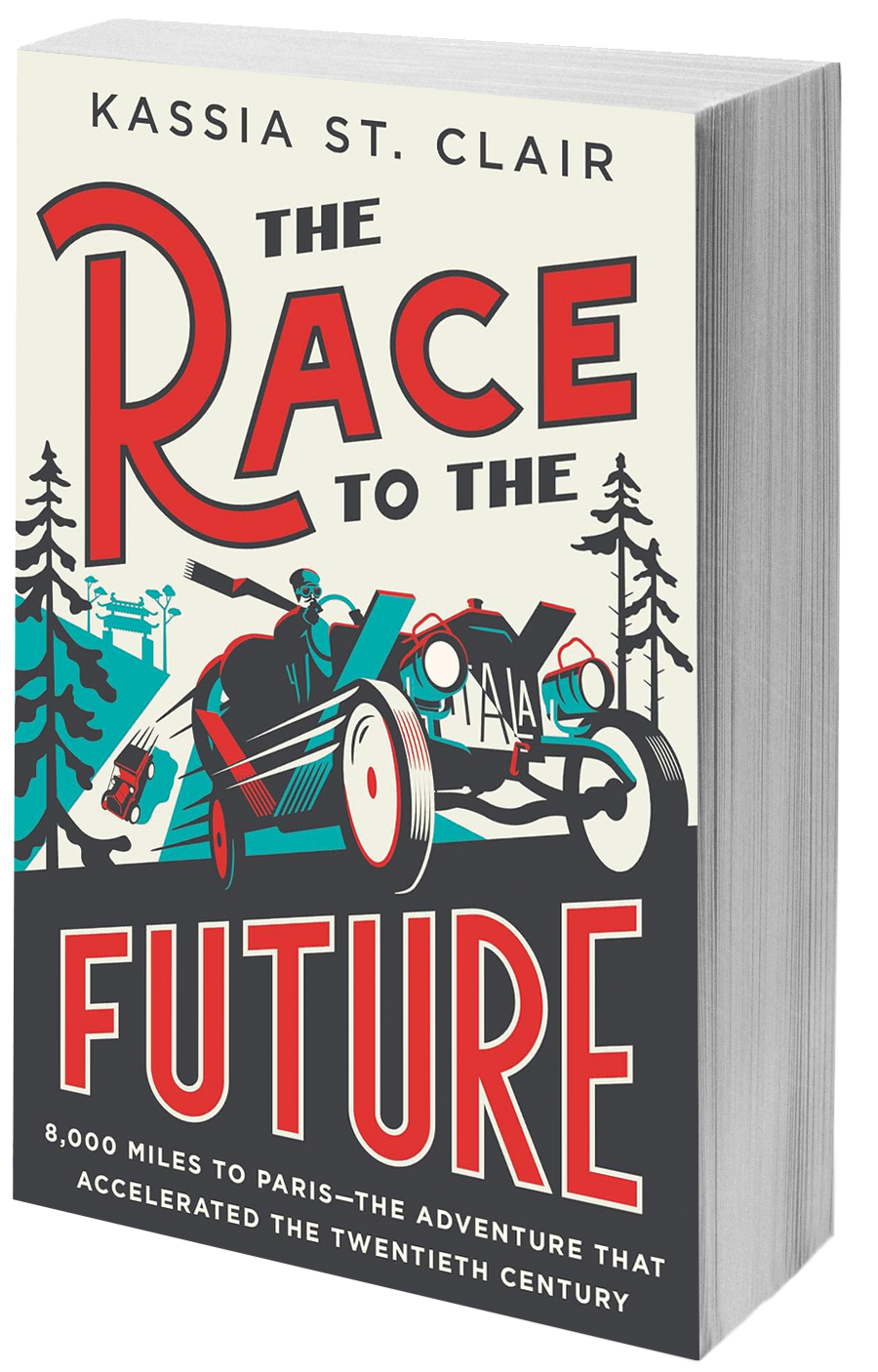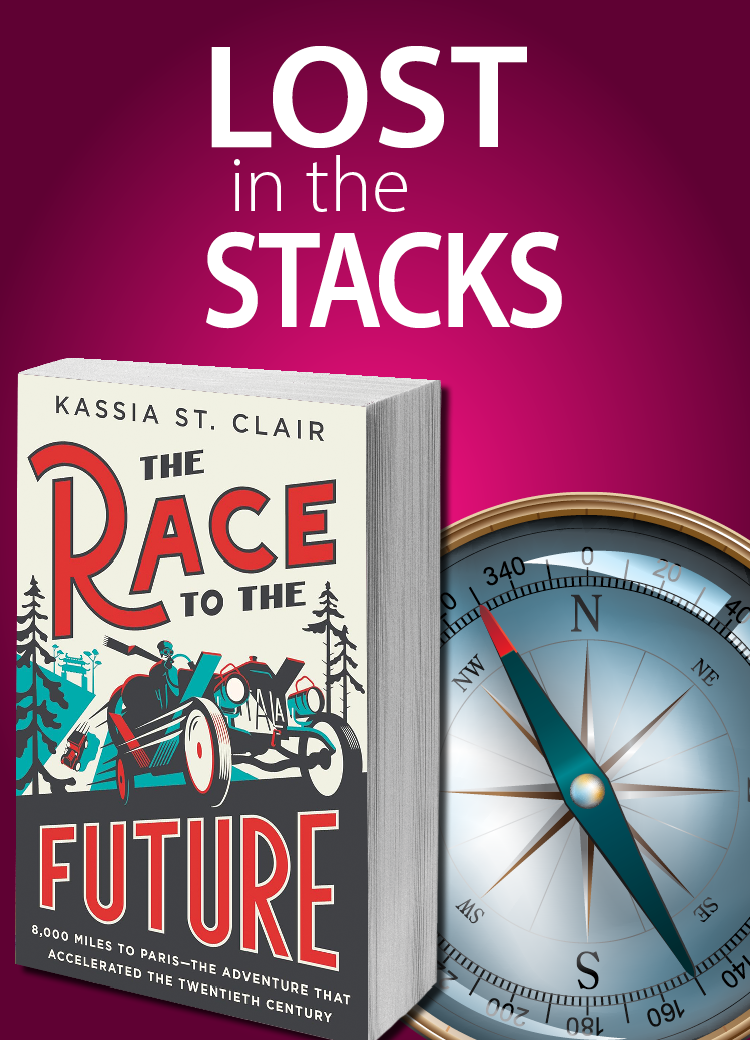Lost in the Stacks: The Race to the Future
On a misty June morning in 1907, five drivers eagerly waited for the white flag to drop. Four Frenchmen and an Italian prince, some with journalists crammed into their overloaded motor cars, were about to embark on a race of breathtaking scope. It was an 8,000-mile road race from Peking, China, to Paris, France. First proposed by a Parisian newspaper and promoted by journalists internationally, the Peking to Paris race showcased the automobile as a viable method of long-distance travel.
 Pushing, pulling, tugging, dragging, road building – in an auto race? Forget about speed in this race, the Peking to Paris was a challenge. It was a soul-crushing slog on primitive roads with primitive automobiles (one was a tricar) through desert, marsh and mountains. Breakdowns and even brushes with death were common, as was the backbiting and squabbling amongst the drivers. Yet despite their glacial pace, the miles went by and one motorist made a triumphant entrance into Paris.
Pushing, pulling, tugging, dragging, road building – in an auto race? Forget about speed in this race, the Peking to Paris was a challenge. It was a soul-crushing slog on primitive roads with primitive automobiles (one was a tricar) through desert, marsh and mountains. Breakdowns and even brushes with death were common, as was the backbiting and squabbling amongst the drivers. Yet despite their glacial pace, the miles went by and one motorist made a triumphant entrance into Paris.
As Kassia St. Clair reveals in The Race to the Future, the Peking to Paris race might not have been an adrenaline rush, but the automobile's transformative impact on society was genuinely exciting. As the drivers make their slow way across swamps, steppes and cities, St. Clair intersperses chapters on the demise of horse travel, the transformation of urban streets, the rise of oil production and many aspects of society that were changed by the rise of the automobile.















